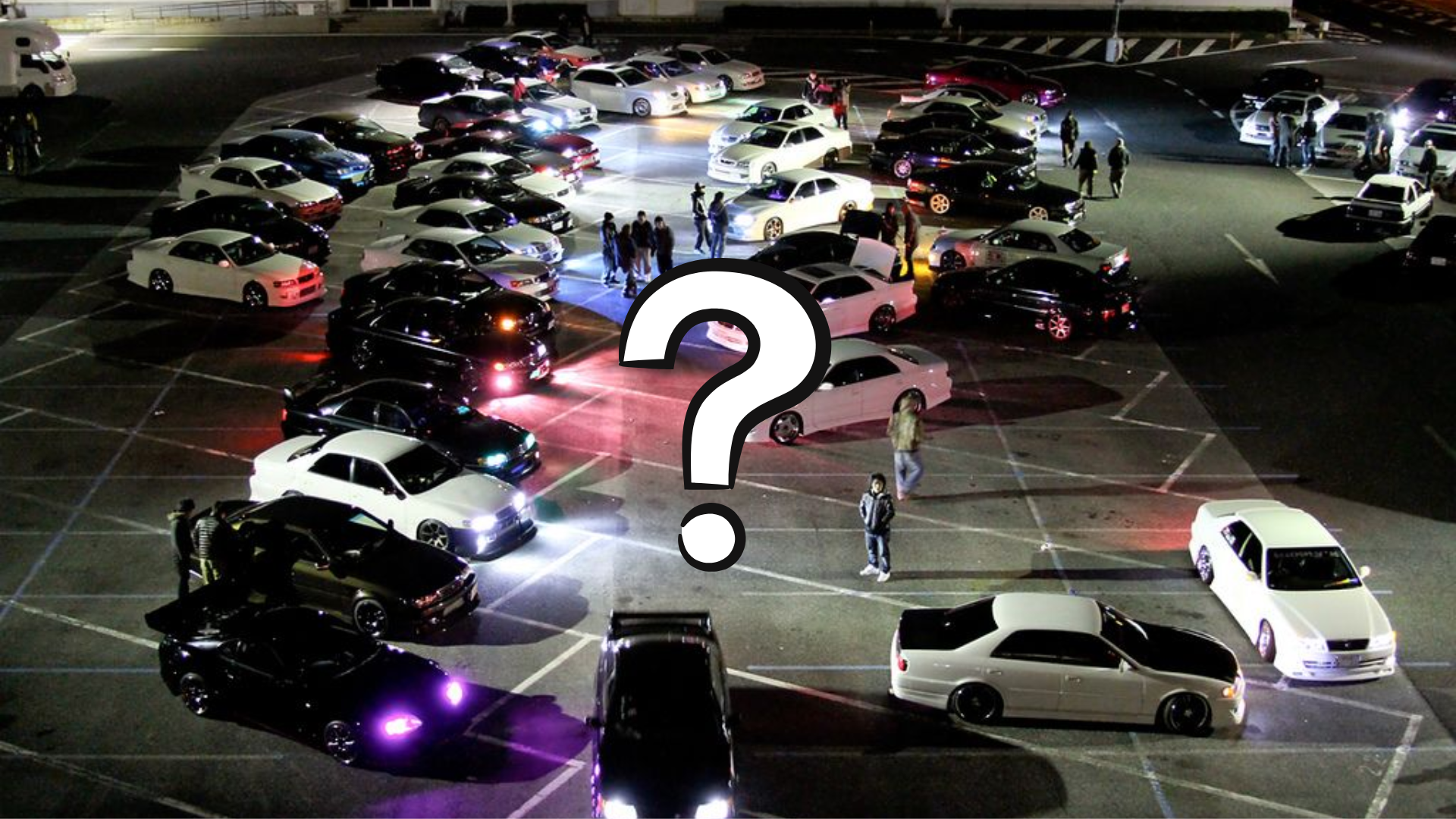6 Underrated JDM Icons that Everyone Forgets: How did I Forget that One?
Nissan GT-R, Toyota Supra, Civic Type R, Subaru WRX, these are some of the most popular JDM cars that have ever been made. With their popularity skyrocketing through social media, articles, and countless YouTube videos, it feels like everyone and their mother wants one of these legendary machines. However, their fame has somewhat overshadowed a number of equally legendary, yet underrated JDM icons that often get overlooked. To bring these cars back into the spotlight, I’ve compiled a list of 6 forgotten JDM Icons. These cars, while still known within the enthusiast community, rarely come to mind when people think of JDM legends. They may not dominate conversations on JDM cars, but when you see one, you can’t help but think, “I completely forgot this was a JDM icon!”.
Honda Prelude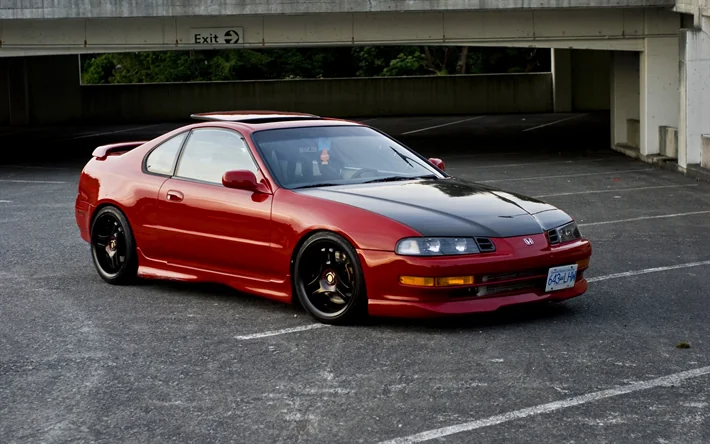
The Prelude is often called the forgotten child of Honda, as its older brothers, the Integra and Civic, tend to get all the adoration and recognition. Despite the nameplate being well-known and loved by enthusiasts, the Prelude rarely gets the spotlight it deserves, which sucks because it was one of the coolest cars that Honda ever created.
For starters, it had the world’s first mechanical four-wheel steering (4WS), which helped with torque steer and cornering of the car. This was a crazy feat for Honda considering this was in 1987, it was made even better with the inclusion of their 2.0 liter B series engines in the 3rd generation. The 4th and 5th generations featured VTEC and hit around the 200hp mark. All Preludes had sleek aerodynamic bodies, which explains the low drag coefficients on them. It wasn’t Lotus level handling, but it was good enough that it can run the mountain roads quite well. 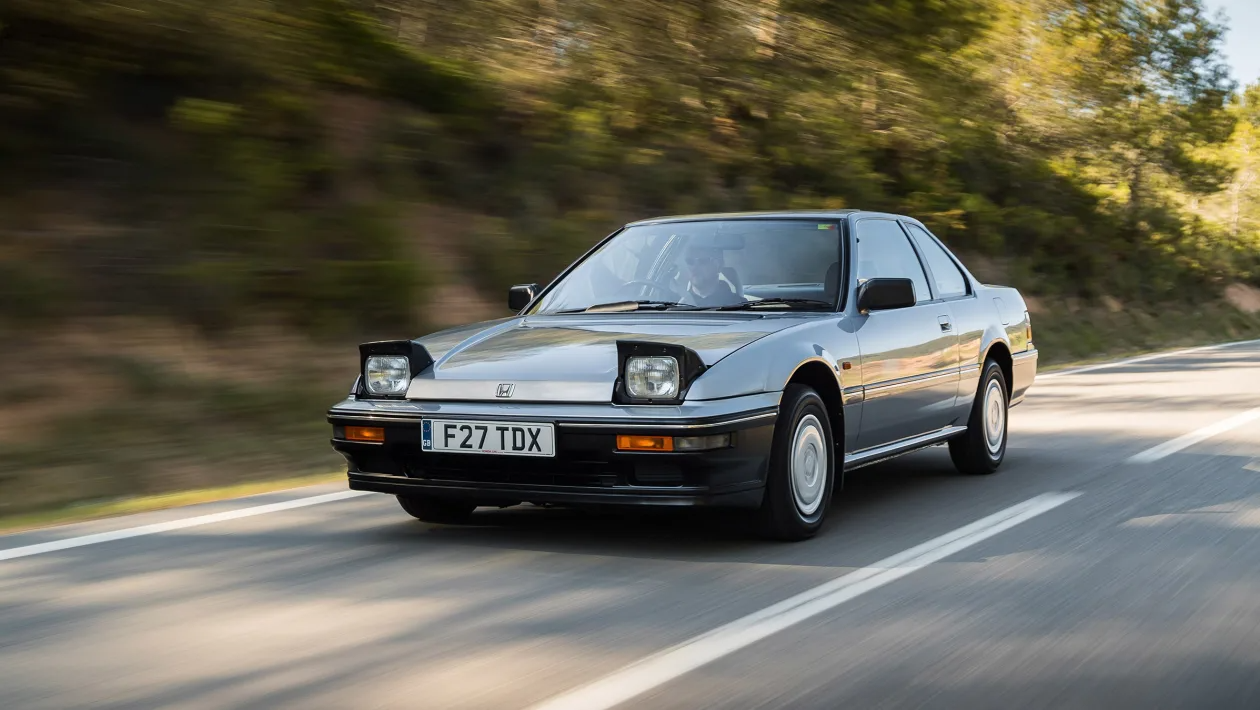
The best part about the car was its affordability, making it a popular choice among younger enthusiasts, cementing its nameplate as one of the JDM greats. Sadly, the Prelude was killed off in 2001 following a drop in sales during its 5th generation. Good news is that Honda is bringing the beloved nameplate back during 2026 in a hybrid fashion, so we’ll be seeing it on the road soon.
Toyota Soarer/Lexus SC300
Everyone knows the Supra and its bulletproof 2JZ engine, but did you know that the JDM legend has two mature older brothers? The Toyota Soarer and Lexus SC300 are commonly called the “Luxury Supra” and it’s not hard to see why.
Both models feature the legendary 2JZ engine under the hood, have four-wheel steering and double wishbone suspension. The Soarer only had manuals on the 1JZ variant (2JZ was automatic only) whereas the SC300 could have the 2JZ paired with a 5-speed manual. The interior of these were quite luxurious as it had leather seats and higher build quality materials on the dashboard. Both models came equipped with advanced technology for its time, including digital instrument clusters, touchscreen climate control, and optional air suspension in some models. These cars were quite aerodynamic as well, with the drag coefficients reaching 0.31.
However, these cars had the same reputation as the Supra for being quite heavy, which slightly dulls the driving dynamics of these cars. But that didn't stop enthusiasts from trying to send the car down the mountain or canyon roads. For anyone that wants a Supra but can’t afford the JDM legend tax, these are the cars for you.
Mitsubishi Galant VR4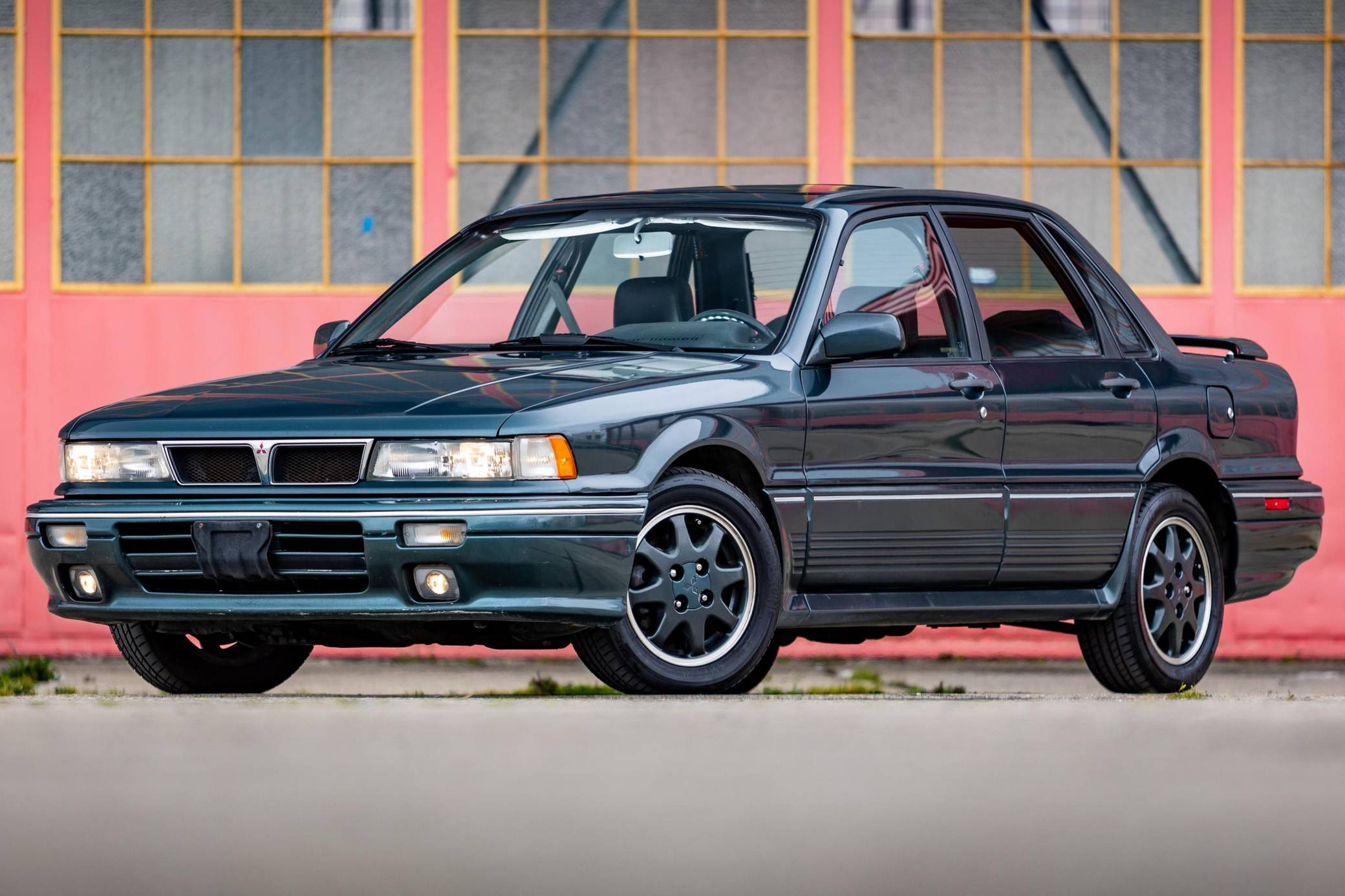
Before Mitsubishi unleashed the Lancer Evolution upon the rally world, they built a sedan that laid the foundation for their future rally success. Introduced in 1988, the Galant VR-4 was Mitsubishi’s first car to combine a turbocharged engine, all-wheel drive (AWD), and four-wheel steering (4WS) into a single package, creating a performance sedan that could hold its own on both tarmac and dirt. Under the hood was Mitsubishi’s most renowned engine at the time, the 4G63T, a 2.0-liter turbocharged inline-four engine that would later power the first generations of the Lancer Evolution. In the Galant VR-4, this engine produced up to 237 horsepower, a remarkable figure for the late 1980s.
Paired with Mitsubishi's sophisticated “Dynamic Four” system, the Galant VR-4 offered exceptional grip and stability from its four wheel steering, four-wheel independent suspension, four-wheel drive system and four-wheel ABS system. Making it a force to be reckoned with on twisty or slippery roads, winning Mitsubishi a few rallies in the Group A category.
Despite the Galant’s heavier weight and more sluggish handling compared to the LanEvo, the car still has a cult following and remains a symbol of Mitsubishi's engineering prowess during its golden era.
Toyota Celica GT-Four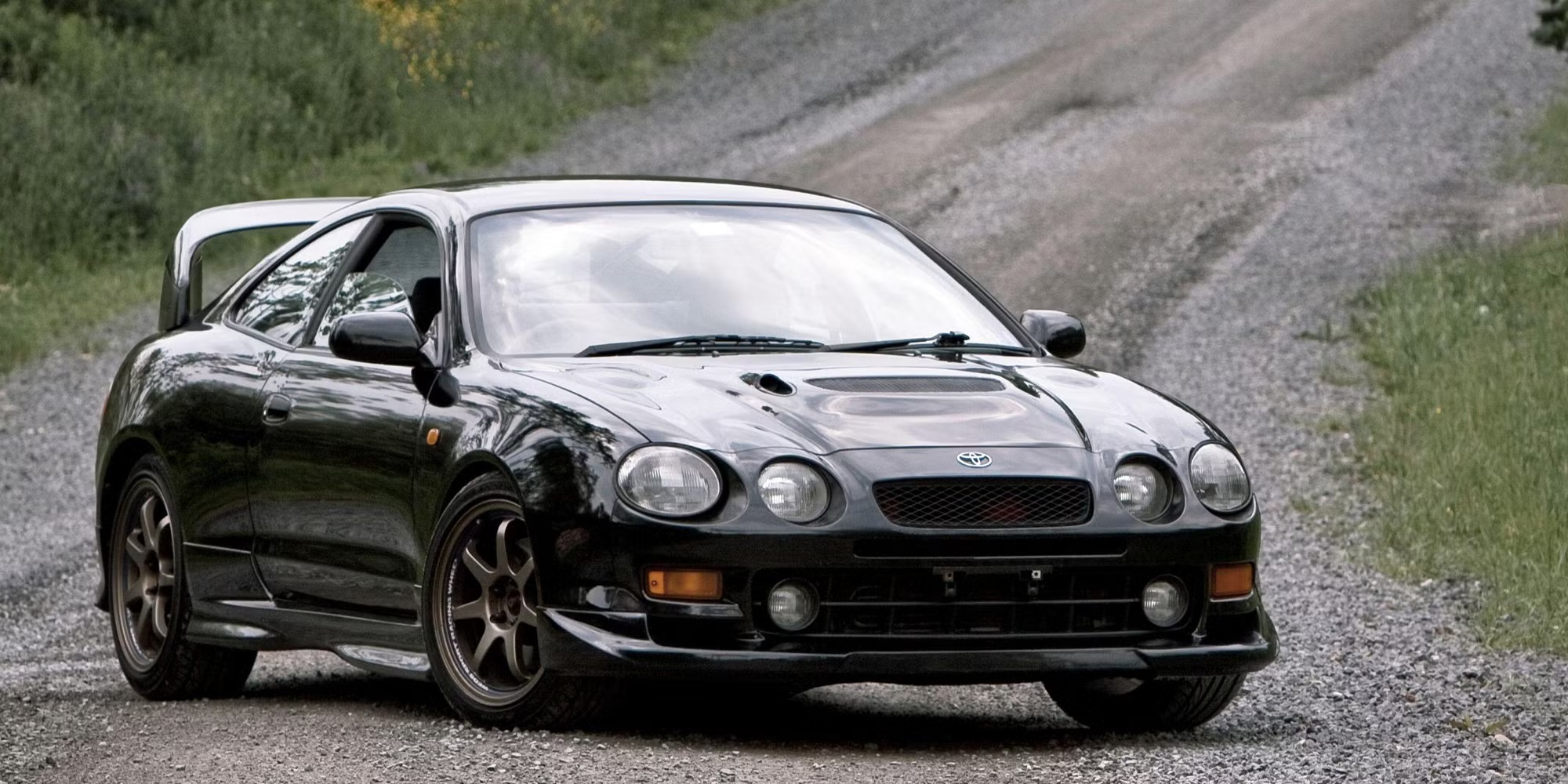
Speaking of rally legends, the Toyota Celica GT-Four is one of the most iconic cars to come out of Toyota's motorsport division. Built to homologate the brand’s entry into the World Rally Championship (WRC), the GT-Four was a performance-focused version of the Celica that combined rally performance tuning with cutting-edge technology. Introduced in 1986 with the ST165, followed by the ST185 and ST205 generations, the GT-Four became a formidable force on both the streets and rally stages.
At the heart of the GT-Four was the 2.0-liter 3S-GTE turbocharged engine, delivering up to 255 horsepower in its final ST205 iteration. Paired with a sophisticated all-wheel-drive system (GT-Four) and rally suspension tuning, the GT-Four offered exceptional handling and grip, making it a joy to drive on any surface. Its rally pedigree was further cemented with features like a water-to-air intercooler and a robust chassis designed to withstand the rigors of competition.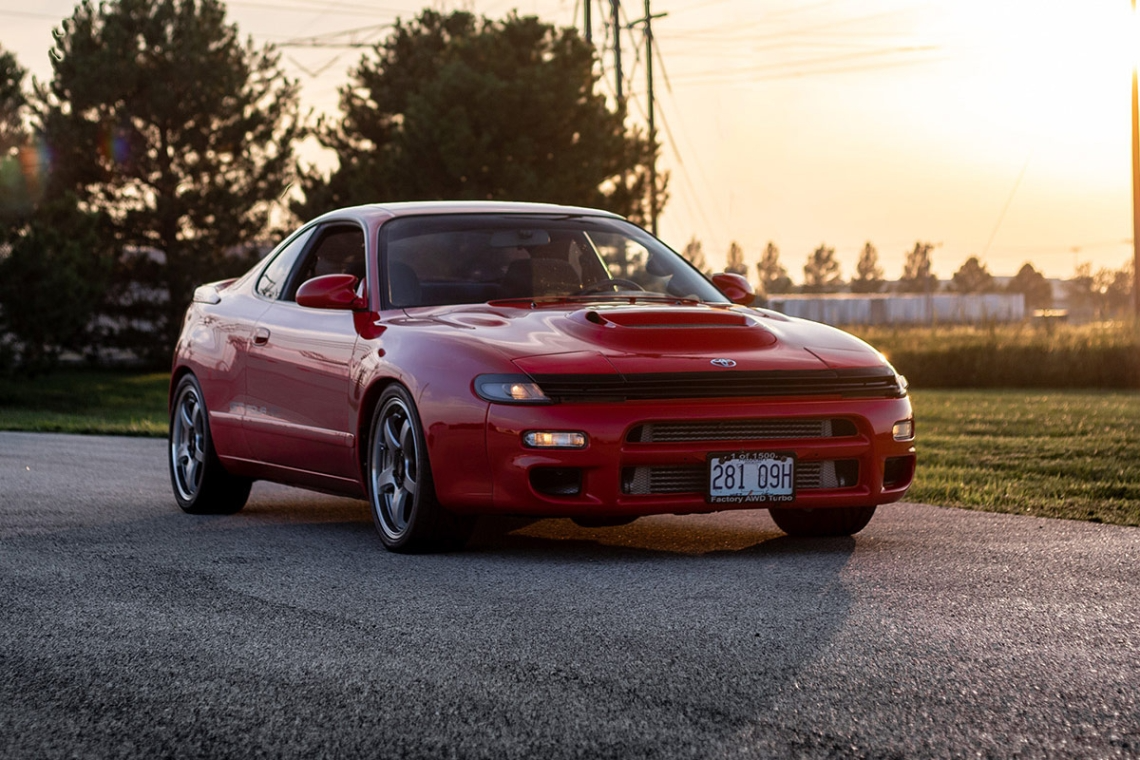
The ST185 is particularly celebrated for its dominance during this era, with its iconic Toyota Castrol Team white, green and red livery on the WRC rally stages.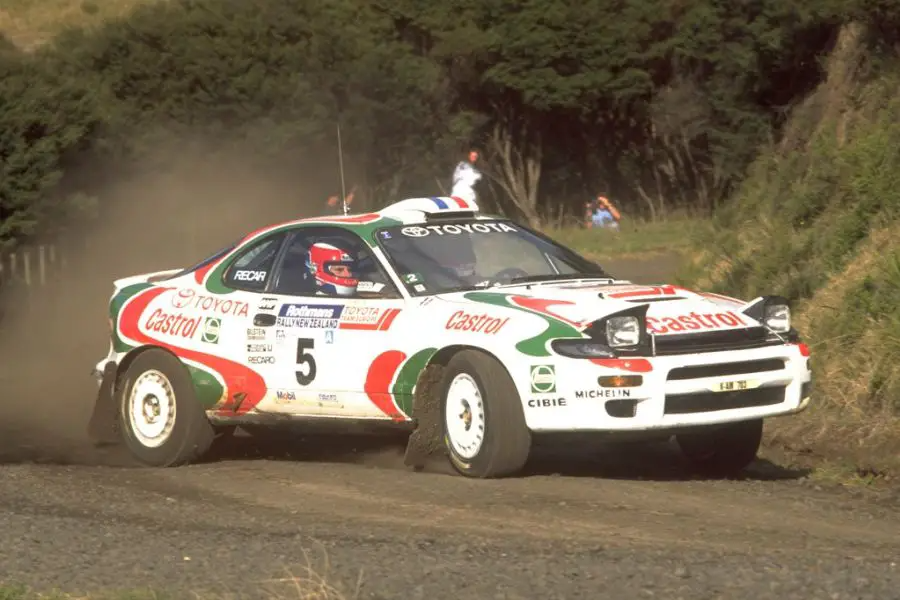
Despite its rally pedigree, not many people seem to bring it up in conversations and seem to forget it was too an JDM icon, which is why it's on this list.
Nissan Laurel 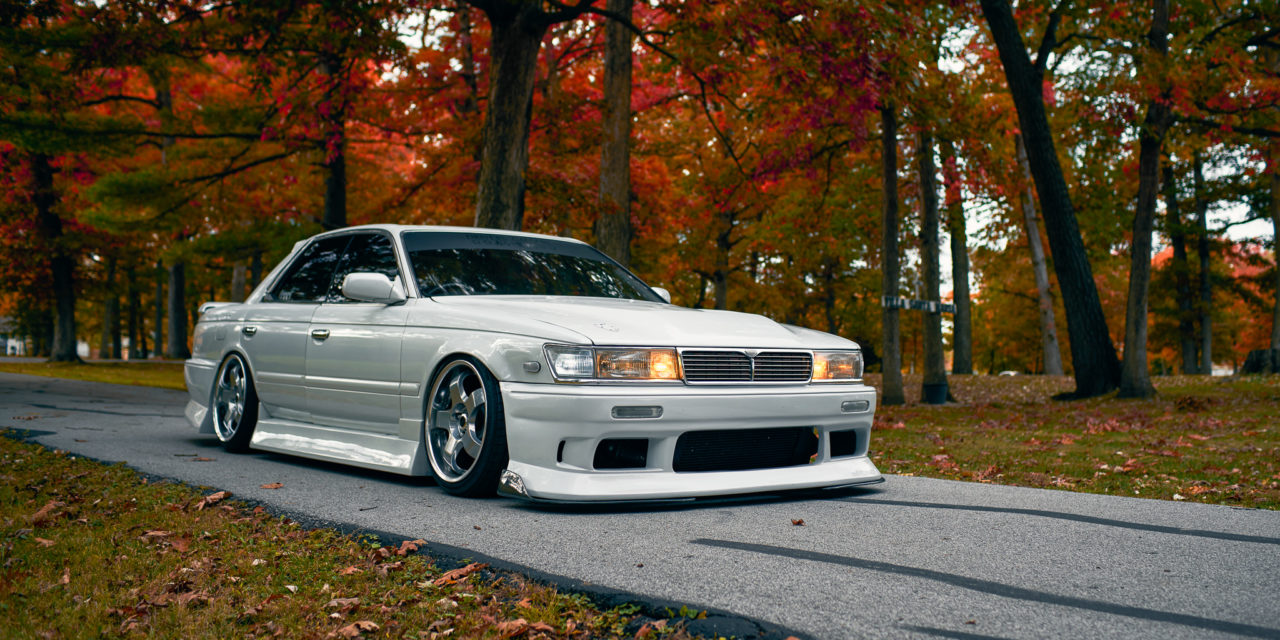
Not many people remember the Laurel, mostly because the primary drift missiles coming out from Nissan are the Silvias and Zs. However, the Laurel holds a special place in JDM history. Produced from the 1960s to the 2000s, the Laurel was a mid-size sedan that combined comfort with performance, and it was one of the staples of the drifting scene in Japan.
What made the Laurel unique was its ability to offer luxury and sport in one package, similar to the Toyota Soarer/Lexus SC300. The C33 and C35 generations, in particular, are beloved by enthusiasts for their sleek, boxy styling and the availability of the legendary RB series engines. It also shared many parts with the A31 Cefiro and R32 Skyline, even including HICAS II rear-wheel steering, making it ideal for mods and tuning.
The C33 Laurel, in particular, became popular as a base car for drift builds, often powered by the RB20DET or RB25DE, making it a capable and underrated choice for those in the drifting scene.
Today, the Laurel is often overshadowed by the success of the Nissan S chassis and other competitors such as the Toyota JZX 90 and 100. However, it remains a relatively well-known JDM icon for those who’ve seen its drifting and modding capabilities.
Suzuki Cappuccino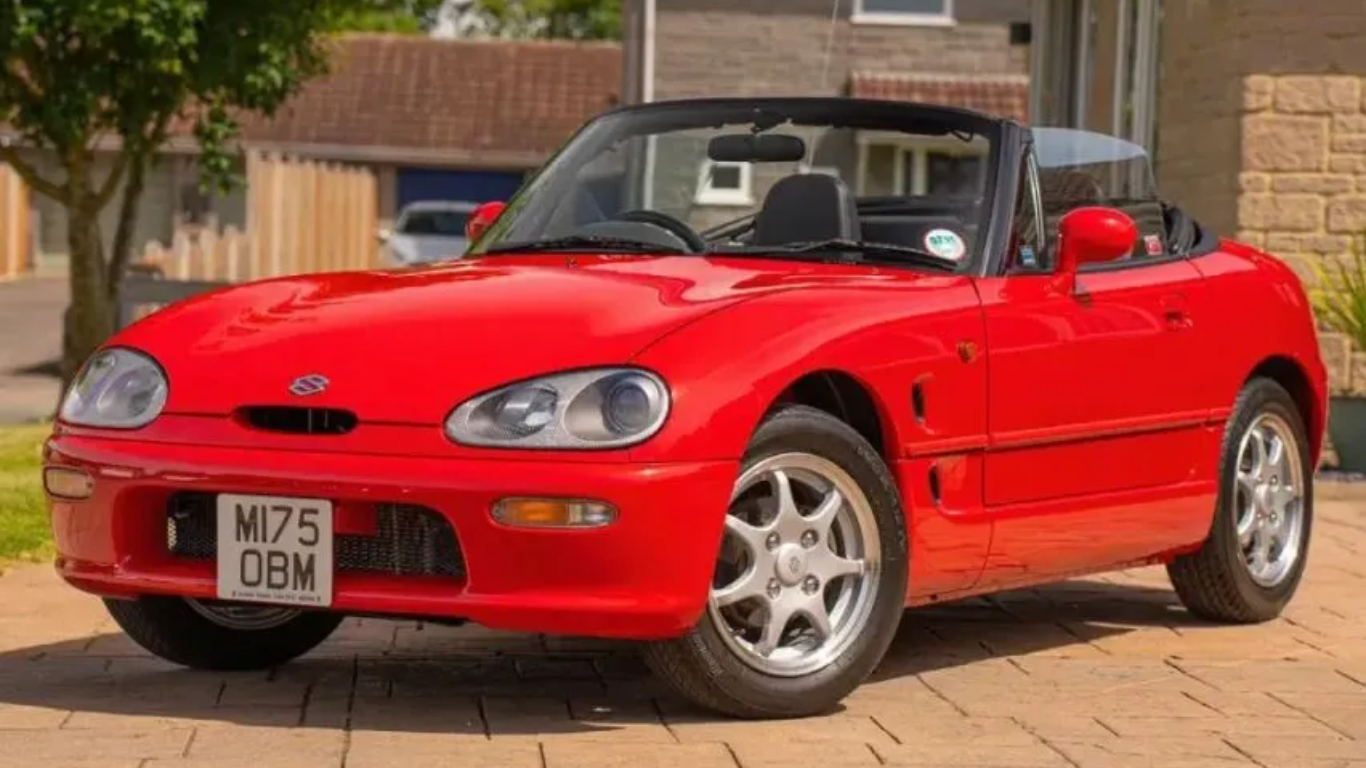
No, we’re not talking about coffee here. The Suzuki Cappuccino is a tiny yet beloved JDM icon that first appeared in 1991 as part of Japan’s kei car category. Designed as a lightweight, affordable, and fun-to-drive sports car, it was a response to the growing demand for small, efficient vehicles in Japan.
Under the hood, the Cappuccino was powered by a 657cc turbocharged 3-cylinder engine, making around 63 horsepower. But don’t let that fool you, this tiny cup of coffee packs a punch due to it being incredibly light at just over 700kg, making it enough to provide a thrilling driving experience. The Cappuccino’s compact size, combined with its low center of gravity, made it an agile and responsive car, perfect for tight city streets and winding mountain roads.
One of the standout features of the Cappuccino was its four-in-one removable roof that can make the car into a Targa top, coupe, convertible and T-top, offering a multitude of driving sensations for the driver to choose from. This beloved nameplate was even featured in the popular anime, Initial D, solidifying its place in JDM pop culture. Despite this, people keep forgetting that this little nugget of fun ever existed. 
The Cappuccino may have been overshadowed by larger, more powerful JDM legends, but it's a perfect reminder that sometimes, the smallest cars leave the biggest impressions.
There you have it folks, 6 JDM icons that you've probably forgotten. From the Prelude to the Cappuccino, these cars are a testament to how diverse Japan's car culture really is. So, the next time the topic of JDM cars come up, don't forget to give these underappreciated heroes their due recognition.
Want to sell or buy a used car? Download the Motorist Malaysia App today!
Read More: 9 Iconic JDM Cars Every Petrolhead Should Know in Malaysia
I want to find the highest selling price for my car within 24 hours!
Download the Motorist App now. Designed by drivers for drivers, this all-in-one app lets you receive the latest traffic updates, gives you access to live traffic cameras, and helps you manage vehicle related matters.
